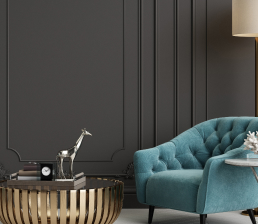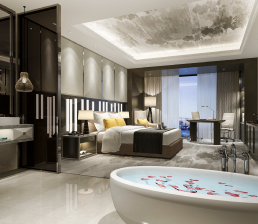Uncategorized
Cs patio covers Improving Accessibility and Flow the Practical Benefits of Bifold Pergola Doors.
Improving Accessibility and Waft: The Sensible Benefits of Bifold Pergola Doors Whilst designing outdoor areas, the intention is regularly to create a seamless mixture of indoor consolation and clean, open-air surroundings outdoors. This is in which bifold pergola doors come into play, offering house owners and designers an answer that no longer best elevates the […]
The Ultimate Guide to Choosing the Right Patio Cover for Your Home
Transforming your outdoor space into a comfortable and stylish retreat requires thoughtful consideration of various elements, with the patio cover being one of the most crucial. A patio cover not only enhances the aesthetics of your outdoor area but also provides shelter from the elements, allowing you to enjoy your patio year-round. However, with numerous […]
Hello world!
Welcome to WordPress. This is your first post. Edit or delete it, then start writing!
Hello world!
Welcome to Hellix Demos. This is your first post. Edit or delete it, then start writing!
Hello world!
Welcome to Hellix Demos. This is your first post. Edit or delete it, then start writing!








